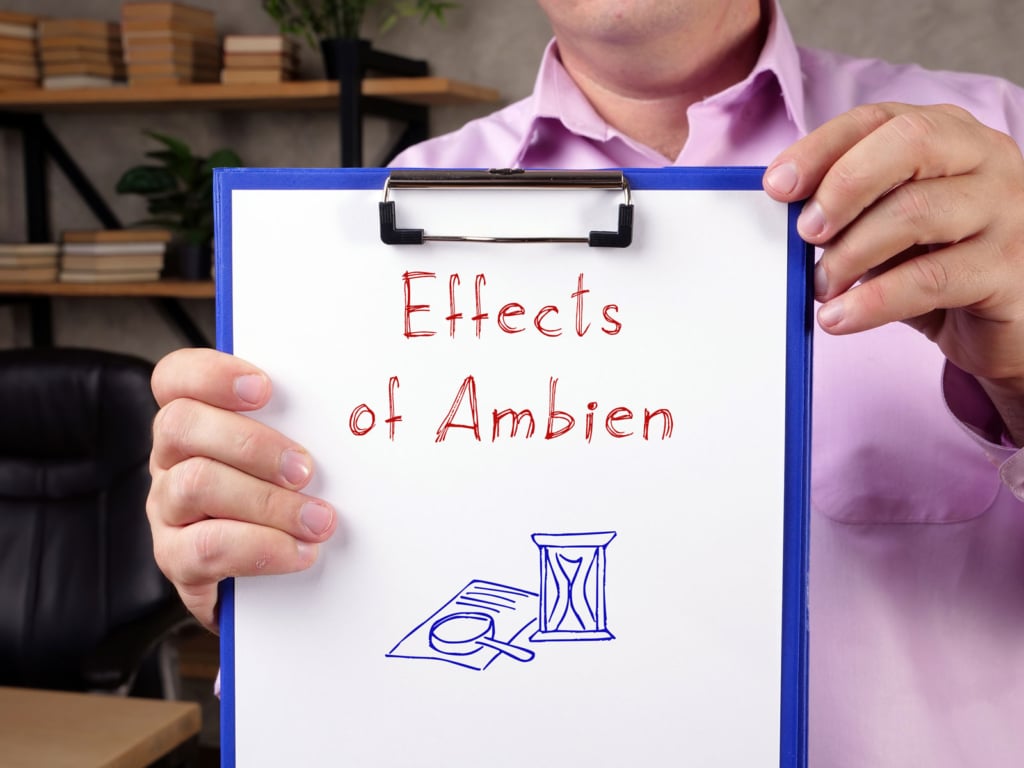Table of Contents
What Happens When You Mix Suboxone and Ambien?
Mixing Suboxone and Ambien (zolpidem)
Substance abuse used to involve one drug at a time with addicts seeking a stronger high leaving a less potent drug for a more potent one. Thus, addiction in early America used to revolve around one type of substance and seldom different compounds. However, over the years, drug abusers have learned that the active chemicals of one drug can be amplified by mixing them with another drug. This is based on synergism where the effects of two or more drugs used in combination result in a higher magnitude than the sum of the effects of each drug separately.
This began the age of polydrug abuse and multiple drug addiction. As the number of drugs available has been growing exponentially since the 2010s, there is an almost infinite pool of drug combinations for drug abusers to choose from. People who mix drugs without a prescription or polydrug abusers have two major reasons for their drug abuse. First, mixing drugs may be done in an attempt to cope with depression, anxiety, or disorganization. However, the most common reason for the recreational mixing of drugs is for seeking euphoria or an intense high.

Interaction Between Suboxone and Ambien
Suboxone is a combination of buprenorphine and naloxone. It is a prescription opioid medication with narcotic properties but that is less dangerous than illicit opioids. This makes Suboxone very suitable as a long-term addiction treatment option for people who are addicted to opioids such as heroin as well as painkillers. Nonetheless, because Suboxone is an opioid itself, it can produce euphoria similar to drug high, causing dependency and addiction in long-term users. The risks are even higher when mixed with a drug like Ambien.
Mixing Ambien with Suboxone may result in increased side effects of drug interaction such as dizziness, drowsiness, confusion, and difficulty concentrating, as well as impairment in thinking, judgment, and motor coordination. There is a moderate to major interaction risk when combining these two medications depending on the dosage.
Other sedating drugs increase the sedating/narcotic effect of buprenorphine. This includes several opioids, first-generation antihistamines, alcohol, antipsychotics, and benzodiazepines such as Ambien are classified as central nervous system (CNS) depressants, as they slow brain activity, like other CNS depressants. When you mix or take Suboxone with opioids and especially benzodiazepines like Ambien increase the risk for potentially lethal respiratory depression, coma, and even death from a drug overdose.
Addiction and overdose are the two major risks of mixing Ambien and Suboxone. As Ambien has a synergistic effect with Suboxone, thus increasing its potency, mixing both drugs puts the user at a higher risk of drug dependency and eventual addiction. Furthermore, having experienced the combined effects of multiple drugs, a user may be tempted to gravitate toward strong illicit drugs that are more readily available.
Finding Help With Addiction Treatment
The idea of using substitutes to treat opioid use and opioid dependence is based on the premise that opioid addiction is a “bio-behavioral” compulsion. Suboxone attaches to the brain’s opioid receptors, but it is slower acting and longer-lasting. Mixing Suboxone leads to tolerance to its euphoric effects and soon cravings are no longer satisfied. The combination of Suboxone and Ambien is one that can result in serious health effects. If you have a drug use problem, consult your healthcare provider and get medical advice. If you or a loved one is struggling with addiction, we can help you kick the habit and live a healthy drug-free life. Call our addiction helpline to get started now.

